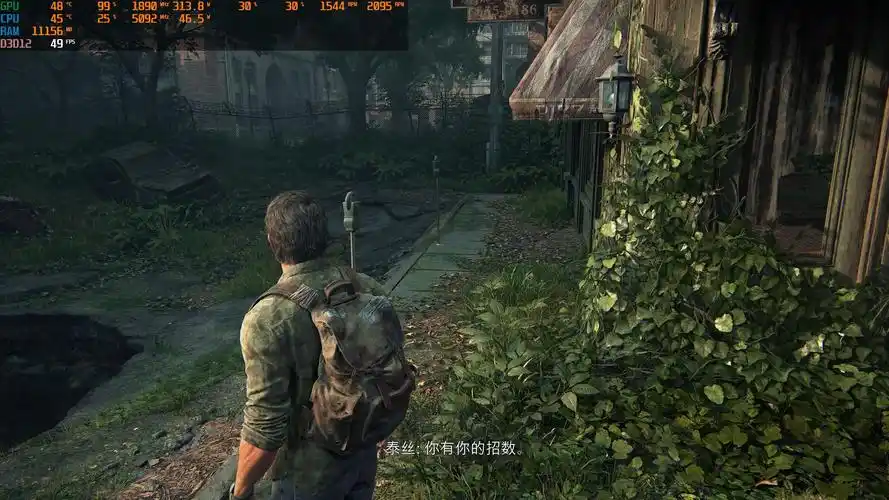The Irreplaceable Depth: Why Comprehensive Game Journalism Matters More Than Ever
In an era defined by algorithmic feeds, bite-sized content, and the relentless pace of social media, the value of deep, comprehensive game news is often questioned. Why read a 2,000-word feature when a two-minute YouTube video can show you the gameplay? The answer lies in a fundamental shift in how we understand and engage with the medium of video games. Comprehensive game journalism is not a relic; it is a vital ecosystem that offers a unique, multi-layered appeal for developers, dedicated players, and the industry at large, providing context, critique, and community that superficial coverage simply cannot.
Beyond the Headline: The Power of Context and Narrative
Superficial news snippets tell you the "what": "New RPG announced," "Studio shuts down," "Patch 1.2 releases." Comprehensive deep dives explore the "why" and the "how." They build a narrative. A report on a studio closure becomes a poignant analysis of market trends, development challenges, and the human cost behind the headline. It connects that single event to larger patterns in the industry, perhaps linking it to the struggles of mid-tier studios or the impact of corporate consolidation.
This contextual framing is invaluable. It transforms a list of patch notes into a story about a game's evolution. It examines a developer's past projects to inform expectations for their next title. This depth creates an informed readership that understands games not as isolated products but as artifacts born from a complex interplay of creativity, technology, business, and culture. This narrative approach fosters a more mature and appreciative audience, one that sees the journey of a game from concept to completion and beyond.
The Antidote to Hype: Critical Analysis and Informed Critique
The marketing machinery for AAA games is immense, generating overwhelming hype cycles designed to drive pre-orders. In this environment, comprehensive journalism serves as a crucial counterbalance. It moves beyond the curated previews and controlled demos to offer critical analysis. A deep preview might dissect gameplay mechanics shown in a trailer, questioning their long-term appeal rather than simply describing them. It might compare a game's promised features to the developer's previous track record, tempering excitement with healthy skepticism.
This critical lens is the cornerstone of informed consumerism. It empowers players to make better purchasing decisions based on analysis rather than advertising. Furthermore, deep reviews do more than assign a score; they delve into a game's thematic ambitions, the coherence of its narrative design, the nuances of its systemic gameplay, and its technical merits and flaws. This level of critique elevates the conversation around games, treating them as a meaningful art form worthy of serious discussion, not just a consumable entertainment product.

A Platform for the Unseen: Developer Insights and Industry Realities
One of the most significant contributions of in-depth game news is its ability to spotlight the people and processes typically hidden from view. Lengthy interview features, developer diaries, and investigative reports provide a rare glimpse into the creative and technical challenges of game development. They humanize the industry, putting faces and stories to the credits we scroll past.
These pieces can explore the implementation of a new engine feature, the narrative design choices behind a beloved character, or the sound design techniques that create an immersive atmosphere. They celebrate the artistry and engineering that go into game creation, fostering a deeper appreciation for the craft. Simultaneously, they don't shy away from discussing crunch culture, unionization efforts, and the ethical dilemmas of monetization. By covering these often-tough topics with nuance and depth, this journalism advocates for a healthier, more sustainable industry for the people who build the worlds we love to explore.
Fostering a Conscious Community
While social media comments and forum posts can create a sense of community, they often devolve into reactive echo chambers. Comprehensive articles provide a shared foundation of knowledge and a starting point for more meaningful discourse. A well-researched feature becomes a reference point that the community can return to, debate, and build upon. It attracts readers who are invested in the medium and eager to engage with it on a deeper level.
This creates a more conscious and connected community. Players who engage with deep journalism are more likely to understand the complexities of game development, leading to more constructive feedback and less toxic outrage. They become participants in a larger conversation about the direction of the industry, the evolution of genres, and the cultural impact of games.
The Enduring Value in a Digital Ocean
In a digital landscape saturated with quick reactions and surface-level content, comprehensive deep game news is a beacon of substance. It is a deliberate, curated, and thoughtful practice that offers unparalleled context, essential critique, invaluable insight, and a foundation for a stronger community. It treats video games with the depth and seriousness they deserve, not just as pastimes, but as a dominant and influential form of contemporary culture. For those who seek to truly understand the games they play and the industry that creates them, this depth is not just appealing—it is absolutely essential.


















